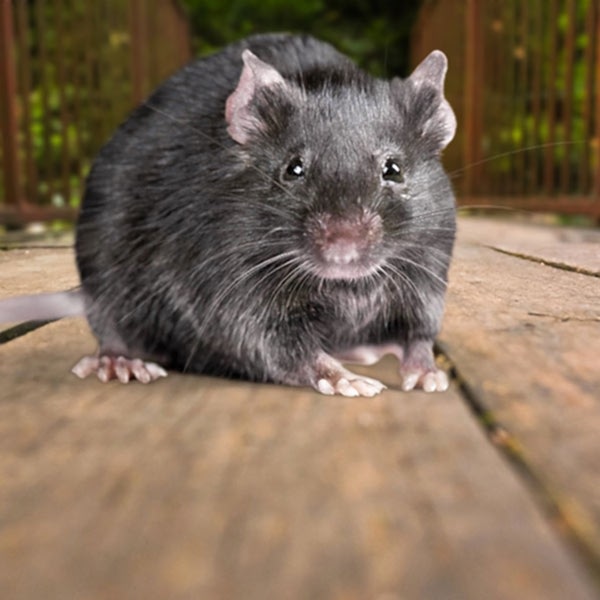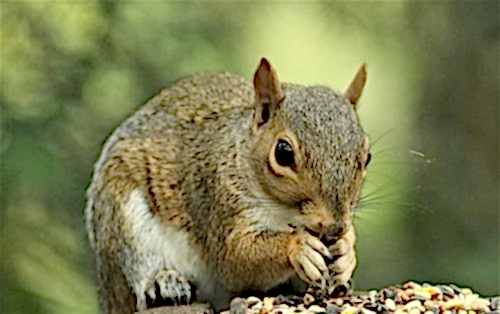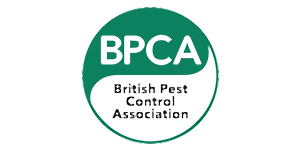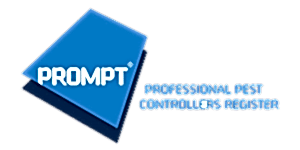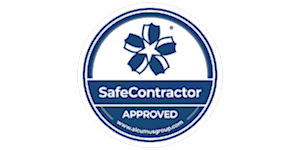Pest-Master-Winter Time Blog
7th of December, 2023Pest-Master-Winter time blog.
Why do pests come inside our homes in the winter months?
Properties offer shelter, most properties will also offer a food source, whether it’s crumbs on the floor, food in the cupboards, or waste in the bins.
Some pests need moisture, so any dampness or humidity in your property (which does occur during the winter months for obvious reasons) make for an ideal environment.
The most common pests inside your home in the winter are-
Mice
Some people consider mice small furry friendly creatures however they can still carry diseases like salmonella and will also damage your property if they establish nesting sites. The signs of an infestation will include mice droppings, gnawing marks and ripped food packaging, and a strange musty smell within your property.
Rats
Rats can be a real issue and are known to carry diseases like salmonella, listeria, and hantavirus. They can also cause serious structural damage by chewing through wires and wooden beams.
Signs of a rat infestation are evidence of droppings, burrow holes externally and shredded waste.
Rats being nocturnal are active at night and can be loud as they move through roof voids and wall cavities.
Squirrels
Obviously, squirrels are excellent climbers and actively look to enter loft voids particularly in the winter months. They can also carry dangerous diseases for humans, including tularaemia, typhus, and ringworm.
Should you hear scratching and rustling from the loft particularly during daylight hours, chances are you have a secret squirrel!
Squirrels also like to construct substantial nests known as Dreys. These will be obvious due to size.
Cockroaches
Cockroaches must have water source to survive, during the winter they enter the home looking for moisture and nutrient. Cockroaches prefer dark spaces and normally near food sources and appliances, behind fridges and freezers. They can spread gastroenteritis, salmonella, and typhoid.
Signs of cockroaches in your home include a musty smell, cockroach skins, and brown smear marks on the floor or horizontal surfaces.
Preventative Solutions
Proof all gaps no matter how small or indeed large. Denying pests access is a crucial part of a pest free property. Even small gaps can allow in insects and rodents. Check your home for potential entryways regularly and make sure they are sealed over if discovered.
Chimney Check
When Autumn arrives, check your chimney for squirrels and birds. They are a common nesting ground, and often serve as an entry point for pests. Cracks in the chimney are also used to come into the home, too, so have them sealed. Covers and pots are readily available to top off your chimney and will in the long run save you money.
Cover the bin
If possible, keep your bins in a secure covered area. Wheelie bins are great but must be kept always shut. Food waste attracts a variety of rodents, pests and indeed birds.
Dampness
Repair leaking pipes and blocked drains, have any damp tackled by professional contractors. Always ventilate your property, too, especially bathrooms and kitchens where cooking and bathing provide moisture.
Garden Maintenance
Various rodents and pests can enter your home by accessing branches of trees and plants that touch or come close to your external walls and roofs. It is important to maintain trees and plants by cutting them back to provide a break from property and allow inspection.
Housekeeping
This is crucial to assist in maintaining a pest free environment. A regular and strict regime within your property will deny nutrient, harbourage, and breeding opportunities to pests.
Call Pest-Master for all your pest issues. Happy to help.

